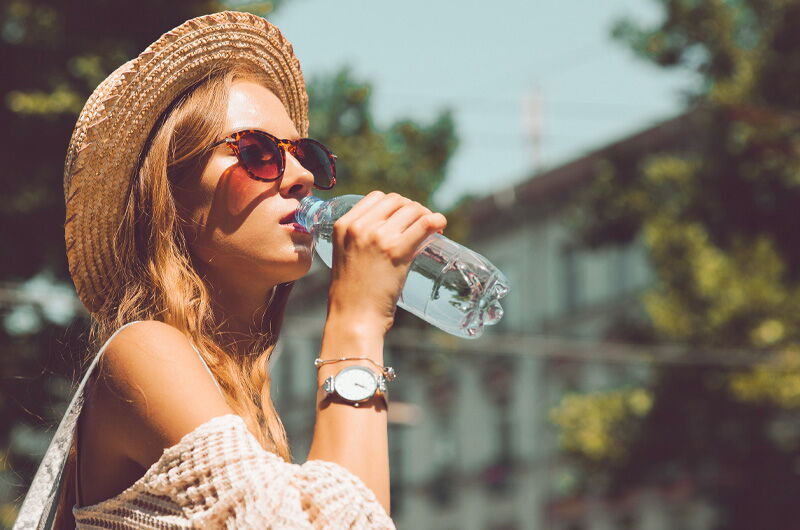
During the hottest periods of summer, extreme temperatures put our water levels at risk hydration. It is very important not to underestimate the role of proper hydration, both for everyday activities and to support sports performance. When we sweat, we lose not only water but also important mineral salts, involved in many physiological mechanisms of our organism. Now let's see together which saline supplements can help us maintain a correct hydrosaline balance and a good level of hydration.
Hydration and salt and water balance
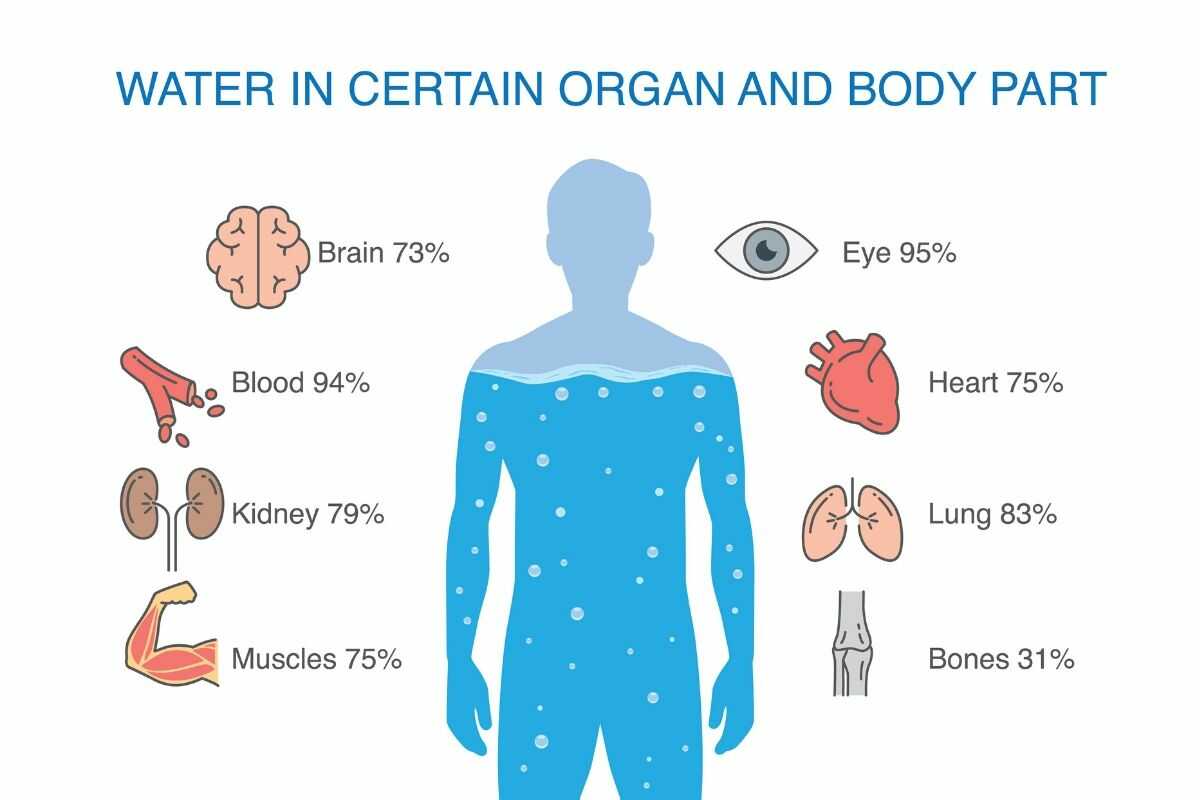
The importance of water
Water represents the most abundant element present in the human body, constituting on average 60-65% of the body weight of an adult (and with higher percentages in infants and lower in the elderly). It is distributed in all body parts at the intravascular, intracellular and extracellular level, between which there is a balance due to the phenomena of supply and transfer. Water covers a large part of the volume of cells, guaranteeing their shape and providing them with the environment in which all the chemical reactions underlying human physiology take place.
The water balance is therefore fundamental to ensure the maintenance of homeostasis (the body's natural tendency to stability), and the body adopts specific control mechanisms (thirst, sweating, urination, body temperature) to guarantee it, in relation to the stimuli to which he is subjected to. Precise water levels in the body must be kept constant, without excessive and drastic fluctuations. In conditions of total water deprivation, for example, the survival time is estimated to be only 2-3 days.
How much to drink?
Per convenience, it is recommended as a general guideline to take 1 liter of water every 25 kg of body weight, ensuring in any case a minimum amount of about 1.5 - 2 liters. However, factors that influence needs in a more or less invasive way should be considered, such as:
- age,
- sex,
- body composition,
- state of health (presence or absence of pathologies),
- lifestyle,
- sport activity.
Dehydration
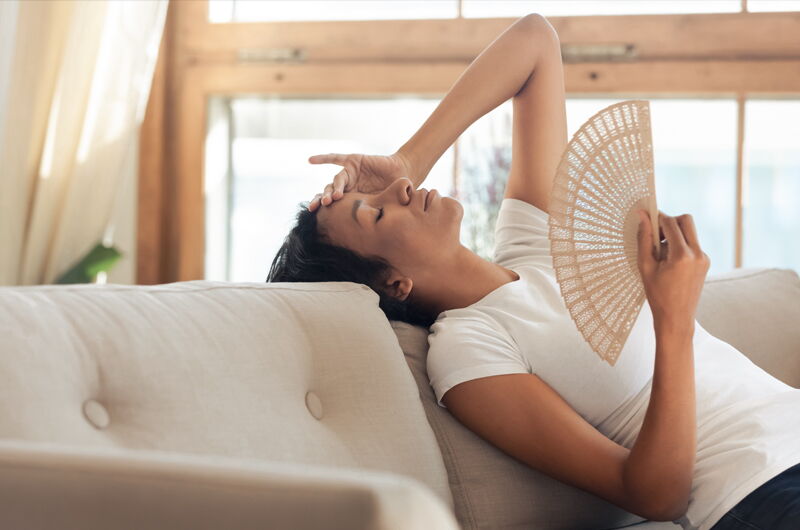
Undoubtedly, dehydration is the most frequent phenomenon in summer, with water losses exceeding the income derived from food or drink. The underlying causes of this imbalance can be many, and can also include aspects belonging to the medical sphere; in any case it is a condition that must be absolutely avoided, to avoid disorders and side effects (which at times can also be dangerous for individual health).
Effects of dehydration
Depending on the percentage of dehydration, you can run into different problems, such as:
- impaired muscle work capacity;
- gastrointestinal disorders;
- Brain disorders;
- cardiocirculatory disorders;
- death.
How to tell if you are dehydrated?
The main sign is represented by physiological thirst. Feeling the stimulus of thirst is therefore a first and clear alarm bell sent by our body. It would be wise to consume liquids before this occurs, even though we know this is a strain and a limitation for most people.
A further empirical evaluation derives from the observation of the color of the urine: in conditions of non-optimal water levels, the kidneys work by concentrating the solutes in the minimum amount of urine possible, avoiding the body further loss of fluids. So, intuitively, the darker and more cloudy the urine, the more dehydrated it is.
Subjects at risk
Anyone is potentially at risk of dehydration. Children and the elderly obviously represent the most exposed and in need of more care: in the former there is a high demand for water by virtue of the growth processes, in the latter the thirst is less and they risk underestimating the need to drink. Even in athletes, dehydration can occur extremely frequently, due to accentuated sweating that contributes to excessive loss of fluids. At rest and in physiological conditions, water losses of less than 1 ml / min are estimated, with increases up to values of 25 ml / min in case of high temperatures or particularly intense physical activity.
Hydration and sport
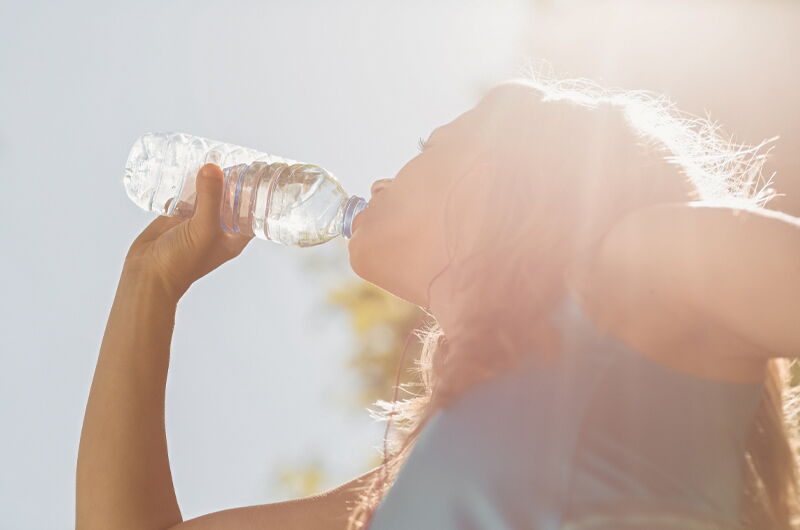
Hydration plays a fundamental role for athletes. Water is mainly stored in the muscles, and it is therefore essential that these are perennially hydrated so that they can perform their function in the best possible way and guarantee the effectiveness of training. In fact, 2% dehydration is sufficient to have significant repercussions on performance, including:
- early fatigue;
- cramps;
- reduction of shrinkage efficiency;
- coordination difficulties;
- loss of focus;
- less resilience.
It is good to approach training already hydrated, while, in the middle of the session, the introduction of small quantities of liquids at regular intervals is recommended. Acute hyper-hydration is always not recommended because it can cause discomfort to the athlete. In any case, the need and quantity of specific water or hydrosaline drinks varies in relation to the type, intensity and duration of the physical activity to which you are undergoing, all aspects that must be carefully evaluated.
Mineral salts
Mineral salts are inorganic compounds that play essential roles in all living organisms: they are part of the constitution of many tissues, they are very important for growth, they maintain acid-base balance and osmotic regulation.
It is important to underline that sweating not only involves the loss of water, but also of the mineral salts contained in it, which must necessarily be reintroduced, in particular magnesium and potassium. Deficiencies in these two elements lead to exhaustion, fatigue and cramps. Magnesium and potassium are in fact both involved - albeit according to different mechanisms - in neuromuscular activity, and their imbalance causes the inability to relax the muscle which, therefore, contracts involuntarily. Also minerals like chlorine and zinc they are very important for the correct functioning of the body's physiological functions.
Diet for hydration and salt supplements
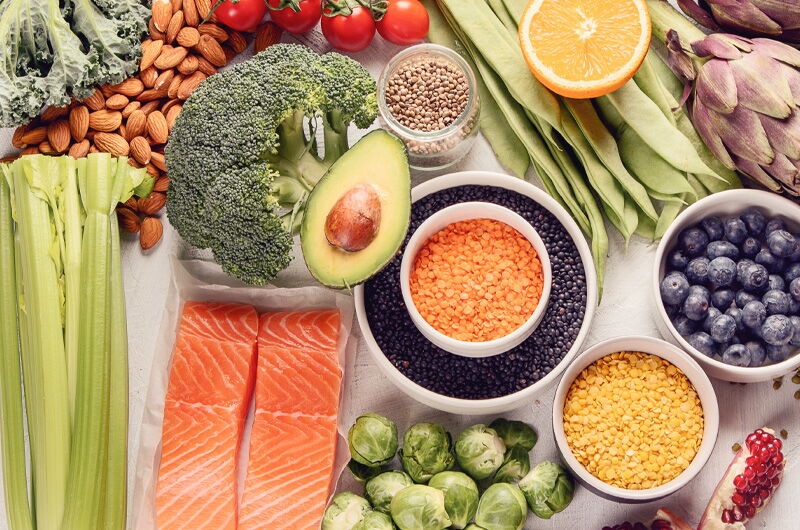
What to eat to stay hydrated?
In addition to drinking enough water, a varied diet, based on the daily consumption of vegetables, is basically sufficient to cover the daily requirement of magnesium, potassium and other micronutrients. Their deficit is rare, and mainly linked to pathological states. Among the foods that contain good quantities we find:
- whole grains and bran,
- cocoa,
- green leafy vegetables,
- dried and dried fruit,
- potatoes,
- bananas,
- fish.
Saline supplements
In case of ascertained deficiencies or increased need, saline supplements represent a valid support for the body and, not surprisingly, are among the most consumed products during the summer. The main aspect to take into account certainly concerns the formulation: magnesium and potassium are in fact absorbed by the body preferably as salts. Citrates, bisglycinates and gluconates represent the best known and most effective types in increasing bioavailability and are consequently more suitable for recovery.
When to take them?
In reality there is no real rule, universally valid for everyone. In fact, it is always necessary to rely on the needs of the individual. They can be taken in the morning, to face the day with loads, or in the evening, with a view to obtaining a relaxing effect. Magnesium, for example, is an element capable of promoting sleep and relaxation of the muscles. In the specific case of sportsmen who practice prolonged and demanding activities, on the other hand, the intake is recommended above all in the pre-intra workout, a phase in which the hydro-saline losses are higher (with the risk of compromising performance) and also in the post workout, where it is necessary to adequately recover the salts at the end of the activity. When physical effort exceeds 60 minutes of activity, it is advisable to reintegrate during and after performance, possibly in divided doses.
It is also important to remember that the reintegration must take place based on the actual loss of liquids and salts, and therefore must be customized according to the type of activity carried out and climatic conditions.
Tips to ensure a good hydro-salt balance
Educating a person to hydrate properly may seem easy, but it is actually quite a complex task because, often, when you are not used to it, you literally forget to drink. In this case, some ideas may be useful:
- Consume herbal teas, green tea, fresh infusions instead of plain water, accompanying them with snacks and snacks;
- Use calorie-free sweeteners (which, however, should not be abused, in order not to incur gastrointestinal discomfort and swelling);
- Set yourself a goal: for example, try to finish 1 bottle during the day;
- Drink several times at regular intervals and if necessary, help yourself with reminders (there are many “apps” with this function!);
- Accompany each meal with the consumption of a full glass of water, in order to guarantee at least basic hydration levels;
- Always carry a bottle and, possibly, a sachet of mineral salts;
- Consume more fruits and vegetables: the guidelines advise us to take 3 to 5 servings a day.
Do you know any other tricks for drinking more? Write them in the comments!
Bibliography
[1] B. M. Popkin, K. E. D'Anci, and I. H. Rosenberg, "Water, hydration, and health," Nutrition Reviews, vol. 68, no. 8. Blackwell Publishing Inc., pp. 439-458, 2010, doi: 10.1111/j.1753-4887.2010.00304.x.
[2] E. Jéquier and F. Constant, "Water as an essential nutrient: The physiological basis of hydration," European Journal of Clinical Nutrition, vol. 64, no. 2. Nature Publishing Group, pp. 115-123, 2010, doi: 10.1038/ejcn.2009.111.
[3] M. Millard-Stafford, D. M. Wendland, N. K. O'Dea, and T. L. Norman, "Thirst and hydration status in everyday life," Nutrition Reviews, vol. 70, no. SUPPL/2. Nutr Rev, Nov. 2012, doi: 10.1111/j.1753-4887.2012.00527.x.
[4] S. N. Cheuvront and R. W. Kenefick, "Am I Drinking Enough? Yes, No, and Maybe," Journal of the American College of Nutrition, vol. 35, no. 2. Routledge, pp. 185-192, Feb. 17, 2016, doi: 10.1080/07315724.2015.1067872.
[5] A. M. El-Sharkawy, O. Sahota, and D. N. Lobo, "Acute and chronic effects of hydration status on health," doi: 10.1093/nutrit/nuv038.
[6] J. Gandy, "Water intake: validity of population assessment and recommendations," European Journal of Nutrition, vol. 54. Dr. Dietrich Steinkopff Verlag GmbH and Co. KG, pp. 11-16, Jun. 19, 2015, doi: 10.1007/s00394-015-0944-8.
[7] S. Allison, "Fluid, electrolytes and nutrition," in Clinical Medicine, Journal of the Royal College of Physicians of London, 2004, vol. 4, no. 6, pp. 573-578, doi: 10.7861/clinmedicine.4-6-573.
[8] W. A. Latzka and S. J. Montain, "Water and electrolyte requirements for exercise," Clin. Sports Med., vol. 18, no. 3, pp. 513-524, 1999, doi: 10.1016/S0278-5919(05)70165-4.
[9] R. J. Maughan and S. M. Shirreffs, "Development of hydration strategies to optimize performance for athletes in high-intensity sports and in sports with repeated intense efforts," Scandinavian Journal of Medicine and Science in Sports, vol. 20, no. SUPPL. 2. Scand J Med Sci Sports, pp. 59-69, Oct. 2010, doi: 10.1111/j.1600-0838.2010.01191.x.
[10] B. Murray, "Hydration and Physical Performance," J. Am. Coll. Nutr., vol. 26, no. 5 Suppl, pp. 542S-548S, Oct. 2007, doi: 10.1080/07315724.2007.10719656.
[11] L. N. Belval et al., "Practical hydration solutions for sports," Nutrients, vol. 11, no. 7. MDPI AG, Jul. 01, 2019, doi: 10.3390/nu11071550.
[12] S. M. Shirreffs and M. N. Sawka, "Fluid and electrolyte needs for training, competition, and recovery," J. Sports Sci., vol. 29, no. SUPPL. 1, Jan. 2011, doi: 10.1080/02640414.2011.614269.
[13] R. J. Maughan and S. M. Shirreffs, "Recovery from prolonged exercise: restoration of water and electrolyte balance.," J. Sports Sci., vol. 15, no. 3, pp. 297-303, Jun. 1997, doi: 10.1080/026404197367308.
[14] M. N. Sawka, L. M. Burke, E. R. Eichner, R. J. Maughan, S. J. Montain, and N. S. Stachenfeld, "Exercise and fluid replacement," Medicine and Science in Sports and Exercise, vol. 39, no. 2. Med Sci Sports Exerc, pp. 377-390, Feb. 2007, doi: 10.1249/mss.0b013e31802ca597.
[15] D. Liska, E. Mah, T. Brisbois, P. L. Barrios, L. B. Baker, and L. L. Spriet, "Narrative review of hydration and selected health outcomes in the general population," Nutrients, vol. 11, no. 1. MDPI AG, Jan. 01, 2019, doi: 10.3390/nu11010070.
[16] D. N. Lobo, "Fluid, electrolytes and nutrition: physiological and clinical aspects," Proc. Nutr. Soc., vol. 63, no. 3, pp. 453-466, Aug. 2004, doi: 10.1079/pns2004376.
[17] Arienti Giuseppe, The molecular basis of nutrition , Piccin, 2015.
